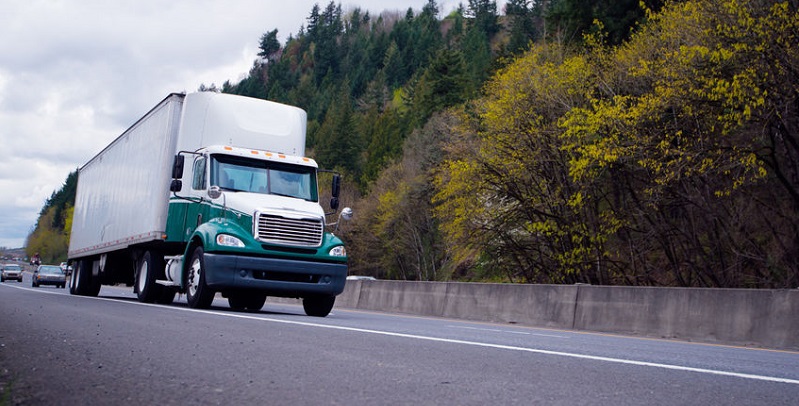Those working on high-tech vehicles, or Automated Driving Systems, hope it will finally bring about a reduction in car and commercial truck accident deaths and injuries.
Official Report Shines a Light on Self-Driving Innovation
As the year draws to a close, federal safety officials are in the process of updating what advancements have been made toward complete vehicle automation over the past year, especially when it comes to vehicles used for land transportation of goods.
Earlier this month, the U.S. Department of Transportation released an expansive report on the use of automation and how the country continues to move forward with all the new traffic and vehicle safety technology, including those involving 18-wheelers.
Automated Vehicles 3.0 move the U.S. closer to full automation of freight across the country.
USDOT’s AV 3.0 report further explores and explains what is being done to fully and safely integrate automated vehicles used to transport goods around the county into everyday traffic consisting mostly of passenger vehicles. The report was developed after extensive research and review of stakeholder input from a wide range of individuals including tech developers, commercial motor carrier companies, as well as state and local government officials and the general public.
While the report goes into many facets of vehicle automation when it comes to heavy transportation vs. individual vehicles, the ultimate goal is to keep the technology process moving forward, and the report explains how that is being done. One reason for that urgency is traffic safety.
According to the National Safety Council, there were more than 40,000 lives lost in traffic accidents in 2017; more than 4.5 million passengers were also injured in vehicle crashes. Those working on high-tech vehicles, or Automated Driving Systems, hope it will finally bring about a reduction in auto accident deaths and injuries. Officials believe that automation is the key to safety because vehicles using the technology, both in individual cars and large trucks, will not be influenced by the main factors behind thousands of crashes every year: distracted driving, fatigue, and impaired driving.
Colorado Continues to Host Autonomous Vehicle Testing
Two years ago, Colorado made a little history of its own when it comes to self-driving technology. An 18-wheeler truck carrying 50,000 cans of beer traveled 120 miles on Interstate 25 from Fort Collins to Colorado Springs without a driver sitting behind the wheel of the truck; the ‘driver’ was actually sitting in the sleeper berth.
The entire drive was done via driverless technology. Since then, Colorado has also introduced the concept of a self-driving work zone vehicle, a fully automated truck that remains behind highway road construction crews to safeguard the human workers from oncoming traffic as one way of improving safety for those workers. This idea is part of the state’s RoadX program, a program that is researching ways in which the state can use advanced technology to improve roadway safety. Some of the ideas of RoadX include:
- Connecting vehicles so they can communicate with each other to avoid a crash
- Improving infrastructure, like guardrails that ‘talk’ to vehicles to eliminate crashes through the use of technology
- Continuing to look at automation options for large trucks and other delivery vehicles
These are exciting times if you are into automation and vehicle technology, and Colorado is one state leading the way. It will be interesting to see just how far the technology advances in 2019 and what new advancements will be available in the very near future.

